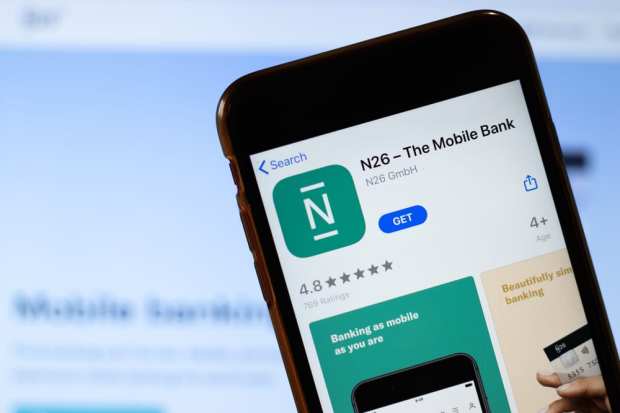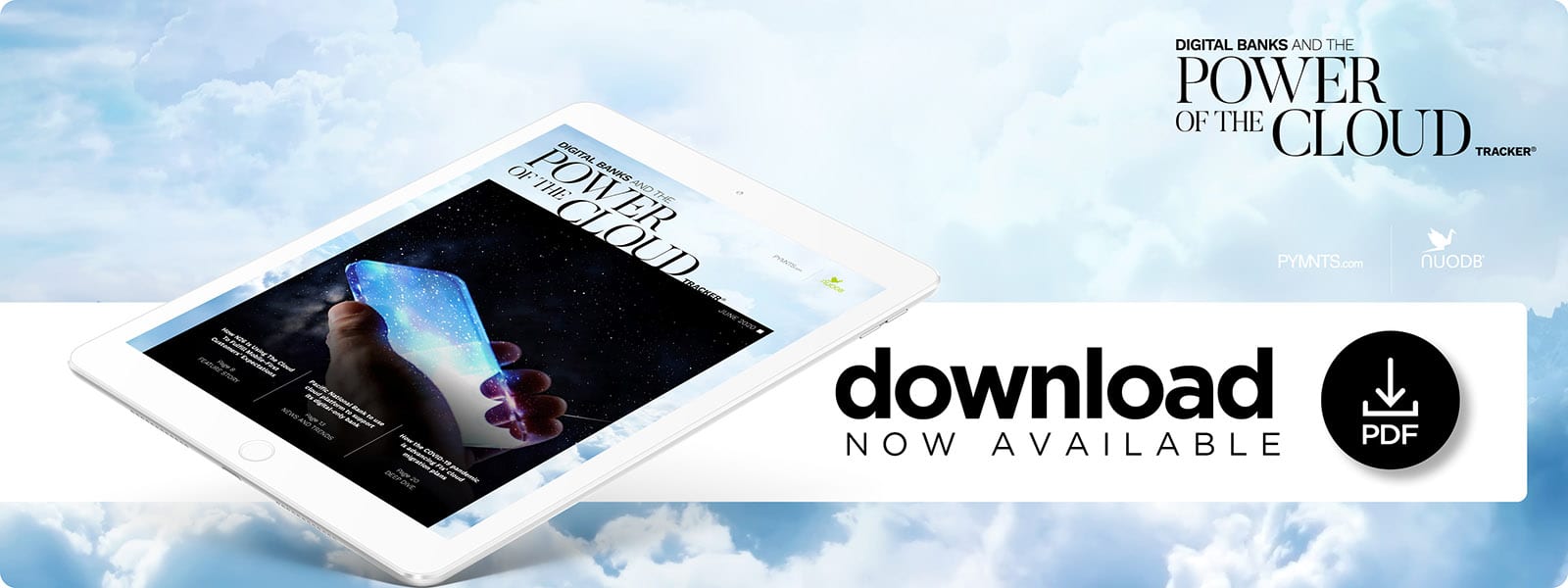How N26 Is Using The Cloud To Fulfill Mobile-First Customer Expectations

Fifty-five percent of consumers say mobile is now their preferred way of interacting with their banks, but many financial institutions (FIs) still rely on infrastructure that’s fallen behind the curve, says Lindsey Grossman, director of product for challenger bank N26. In our latest Digital Banks And The Power Of The Cloud Tracker, Grossman explains why adopting a cloud banking core can help banks react quickly to increased traffic and the needs of today’s mobile-first consumer.
Consumers are leaning heavily on digital banking tools during the pandemic, and studies suggest that they will continue to do so in its wake.
Fifty-seven percent of consumers now prefer internet banking solutions, compared to the 49 percent who said the same prior to the pandemic. Mobile banking saw a similar spike, with the share of consumers preferring it shifting from 47 percent before the pandemic to 55 percent.
The bump in digital banking popularity means financial institutions (FIs) offering such services must keep them fast and seamless to avoid losing customers to other providers that can support their needs.
Accommodating rising digital transaction volumes can be difficult for banks that are still using legacy core banking infrastructures, but cloud-based models could provide the seamlessness mobile-minded customers seek while avoiding the service hiccups outdated systems experience, Lindsey Grossman, director of product for challenger bank N26, said in an interview with PYMNTS. The Germany-based digital bank launched its services in the U.S. eight months ago and runs on a cloud-based platform supported by Amazon Web Services (AWS).
“Banking in the cloud provides a number of benefits,” Grossman said. “No. 1, it allows us to provide the best service to our customers by scaling in a flexible manner so that we can react almost instantly to traffic changes and maintain high availability. There is nothing more frustrating than trying to complete payments or trying to buy something, and if things time out, you just lose credibility. We wanted to make sure that we never compromised on that from the start, and that is why we built our architecture in the way that we did.”
Running on the cloud also enables FIs to craft innovative services tailored to customers’ needs, she said, as banks can use the technology to test and scale solutions without straining their networks. This adaptability is key because the pandemic is accelerating consumers’ migration to online and mobile banking products.
Mobile Customers Need Mobile Infrastructure
Meeting customers’ online expectations is a familiar challenge for N26, which launched its digital-only banking service in 2015. Providing features to a customer base that is turning to mobile channels is one of the main reasons N26 used the cloud to build out its banking architecture, Grossman explained. The bank has operated solely via the cloud since its launch, meaning it has never had to tap into legacy infrastructure to implement emerging tools or customer-facing features.
“At N26, we have built many of our core banking systems from the ground up, on top of a modern, cloud-native technology stack,” Grossman said. “Instead of having computer hardware and software sitting physically in-house, like in a server room or data center, [the cloud has] allowed us to really be nimble [and] really allowed us to make sure we are also secure because that is table stakes to managing people’s money.”
Cloud-based approaches allow banks to keep pace with recent mobile banking shifts, she continued, and their flexibility also allows FIs to create and test features geared toward mobile-first customers. N26’s Spaces feature allows customers to set up personalized subaccounts and work toward their savings goals, for example. She said it also developed a feature called Perks, which offers cash back rewards for debit spending, and created a “discreet mode,” which allows users to wave their hands over their phone screens to hide their personal details when checking their accounts in public.
“[Cloud-based banking] also means we can develop and deploy new features faster and … scale quickly as we expand into new geographies,” Grossman said. “For example, if you have the right cloud architecture … you can run experiments … in a way that helps you innovate to make sure [that] you are learning from customer feedback and you are shipping the [features] that really matter to customers.”
Banks have always prioritized meeting customers where they are and giving them features they want, and failing to meet their expectations carries greater consequences during the pandemic. It is important that FIs seeing increases in online and mobile customer volumes create seamless customer experiences and ensure their infrastructures can support them at speed.
Scaling Up in a Post-Pandemic World
FIs have been integrating digital innovations into their legacy core banking systems for years, but the pandemic is illuminating weak spots in this approach. Rising online transaction volumes have overwhelmed some legacy banks’ systems, for example, preventing them from adapting as quickly as others.
“If you have a lot of volume running through your systems — be that transaction volume, be that [the number of] customers signing up in a day — you need to make sure you have built a technical architecture that can maintain and support and scale with that load,” Grossman noted. “But if you have legacy old-school systems, it is hard to dynamically scale your systems.”
The ability to scale core banking infrastructures to accommodate increased traffic or support upgraded digital banking tools is one of the main benefits cloud-based platforms offer, and cloud-native challenger banks are using this scalability to compete with traditional FIs tied to in-house banking servers. FIs can ascertain where weak points exist and fix them by examining how their legacy systems are falling short, but only if they reassess how they are using available data. Having an innovative platform capable of automatically parsing this data can help FIs establish which features today’s customers want.
“[The innovation process] really all starts with observing customers, talking to customers [and] also running experiments,” Grossman said. “You should always ask customers what they want, [and] that means [conducting] surveys, that means focus groups. But [this is especially true] when it comes to money. I might tell you what I think I will do with my own money…but then my behavior might be a little bit different as a customer, and so I think that is where the value of experimentation comes in.”
Experimentation is critical to establishing what customers want, but FIs must work fast to understand and satisfy customers’ immediate needs. Catering to consumers’ expanding mobile banking preferences requires FIs to adopt fluid infrastructures that can keep pace with their digital-first competitors. Banks that still rely on legacy architecture may be at a distinct disadvantage in this environment unless they quickly update their core systems.

